Deputy Prime Minister Tran Hong Ha has just signed Decision 648 approving the Master Plan for the development of the national airport and seaport system for the 2021-2030 period, with a vision to 2050.
Regarding the National Airport System Planning for the 2021-2030 period, the airport system is planned according to the spoke-axis model with two main hubs in Hanoi and Ho Chi Minh City, forming 30 airports.
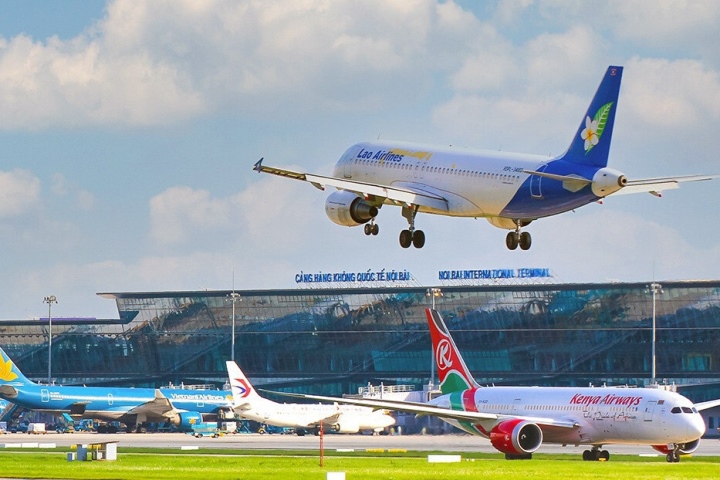
(Illustration).
Of which, 14 international airports: Van Don, Cat Bi, Noi Bai, Tho Xuan, Vinh, Phu Bai, Da Nang, Chu Lai, Cam Ranh, Lien Khuong, Long Thanh, Tan Son Nhat, Can Tho and Phu Quoc.
16 domestic airports: Lai Chau, Dien Bien, Sa Pa, Na San, Dong Hoi, Quang Tri, Phu Cat, Tuy Hoa, Pleiku, Buon Ma Thuot, Phan Thiet, Rach Gia, Ca Mau, Con Dao, Thanh Son, Bien Hoa (Thanh Son airport and Bien Hoa airport are planned to become dual-use airports).
The Government also agreed to continue maintaining the planning location of Hai Phong International Airport (in Tien Lang district, Hai Phong city) approved by the Prime Minister.
By 2050, 33 airports will be formed, including 14 international airports: Van Don, Hai Phong, Noi Bai, Tho Xuan, Vinh, Phu Bai, Da Nang, Chu Lai, Cam Ranh, Lien Khuong, Long Thanh, Tan Son Nhat, Can Tho and Phu Quoc.
19 domestic airports: Lai Chau, Dien Bien, Sa Pa, Cao Bang, Na San, Cat Bi, Dong Hoi, Quang Tri, Phu Cat, Tuy Hoa, Pleiku, Buon Ma Thuot, Phan Thiet, Rach Gia, Ca Mau, Con Dao, Bien Hoa, Thanh Son and the second airport in the Southeast, South of Hanoi capital.
Regarding transportation, the total passenger volume through airports is about 275.9 million passengers (accounting for 1.5-2% of the traffic transport market share and 3-4% of the total inter-provincial passenger transport volume).
Total cargo throughput through airports is about 4.1 million tons (accounting for 0.05-0.1% of the transport market share).
Regarding infrastructure, priority is given to investing in a number of large airports that play a key role in the Hanoi Capital region (Noi Bai International Airport) and Ho Chi Minh City region (Tan Son Nhat and Long Thanh International Airports).
Step by step upgrade and effectively exploit existing airports, continue to research and invest in new airports to increase the total designed capacity of the airport system to serve about 294.5 million passengers, striving for over 95% of the population to have access to airports within a radius of 100 km.
Vision to 2050, forming 2 international transit hubs at regional level in Hanoi Capital region and Ho Chi Minh City region.
The plan also clearly states that logistics centers will be located at airports with a transport demand of more than 250,000 tons/year.
Logistics centers ensure warehouse conditions and connect appropriate types of transportation to transport goods at airports including: Noi Bai, Tan Son Nhat, Van Don, Cat Bi, Da Nang, Chu Lai, Long Thanh, Can Tho and some other airports when there is a need to transport goods that meet the above criteria. Forming an international cargo transit logistics center at Chu Lai airport.
In addition, according to the plan, investment will be made in building new or expanding airports in remote, mountainous and island areas; airports with regular military activities and other airports in the system to meet the needs of exploitation and socio-economic development.
English
Useful
Emotion
Creative
Unique
Source


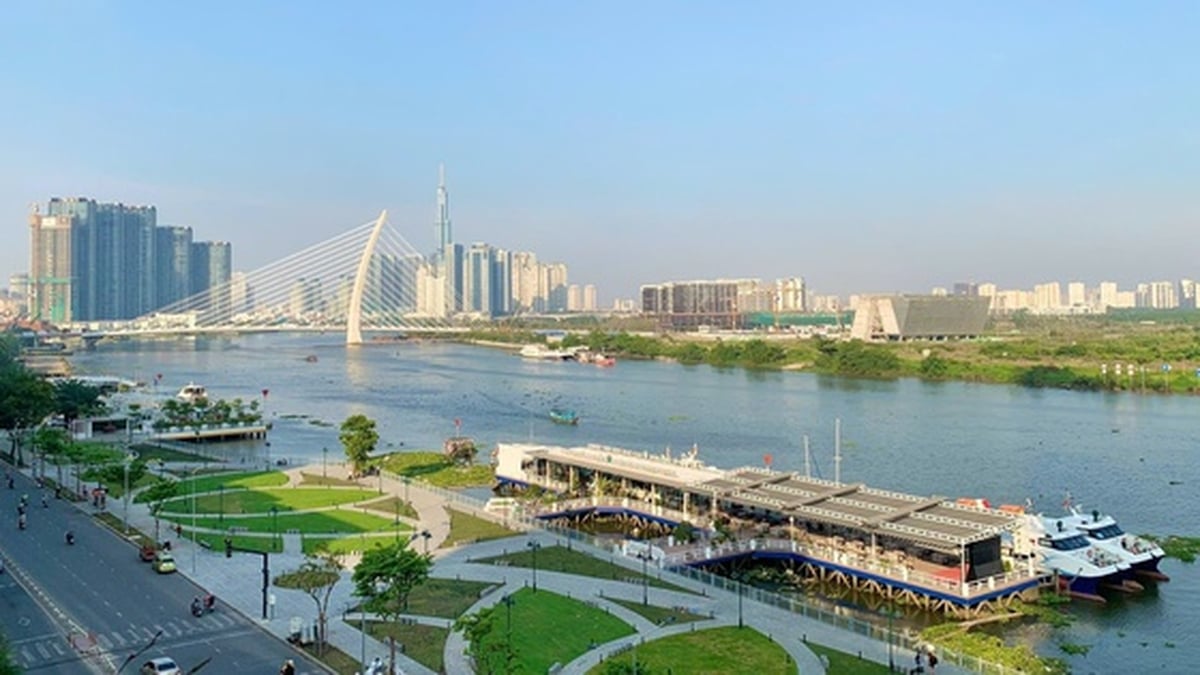

















![[Infographic] Vietnam-Senegal traditional friendship](https://vphoto.vietnam.vn/thumb/1200x675/vietnam/resource/IMAGE/2025/7/23/4c96a604979345adb452af1d439d457b)
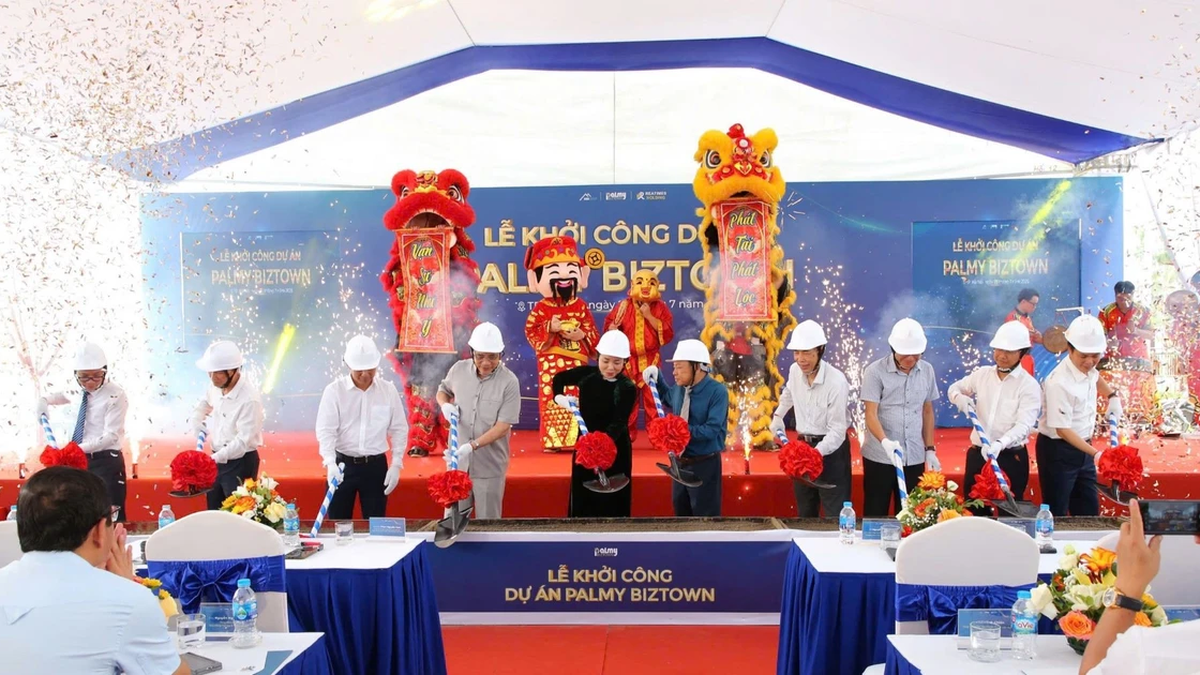

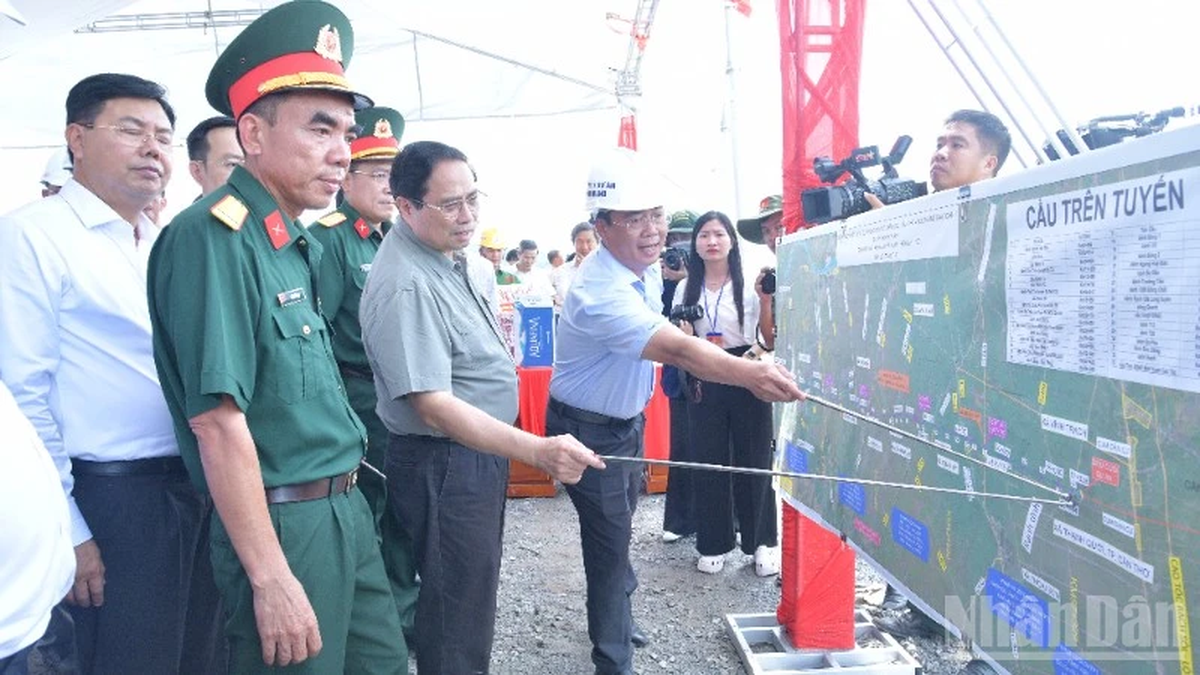












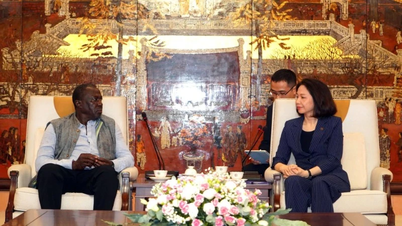














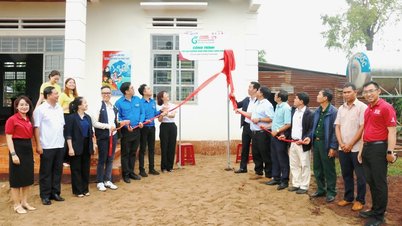

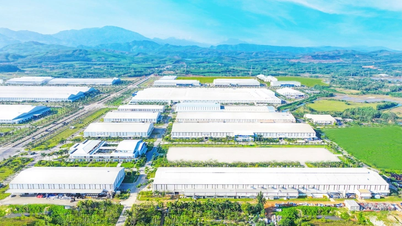





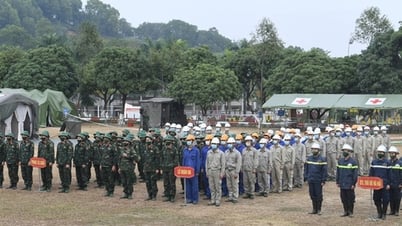





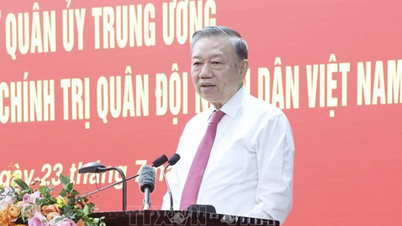

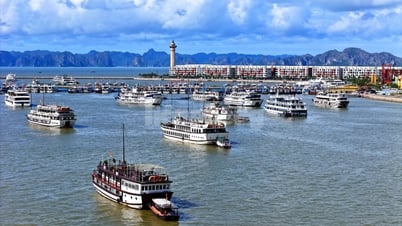




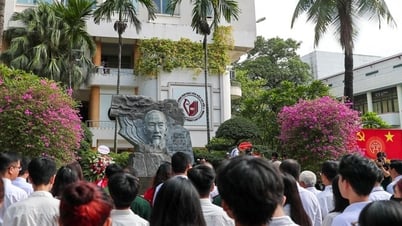


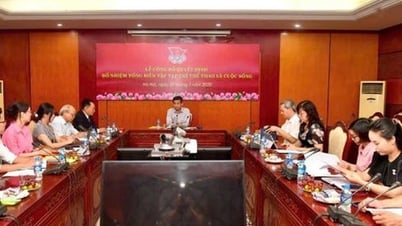

























Comment (0)